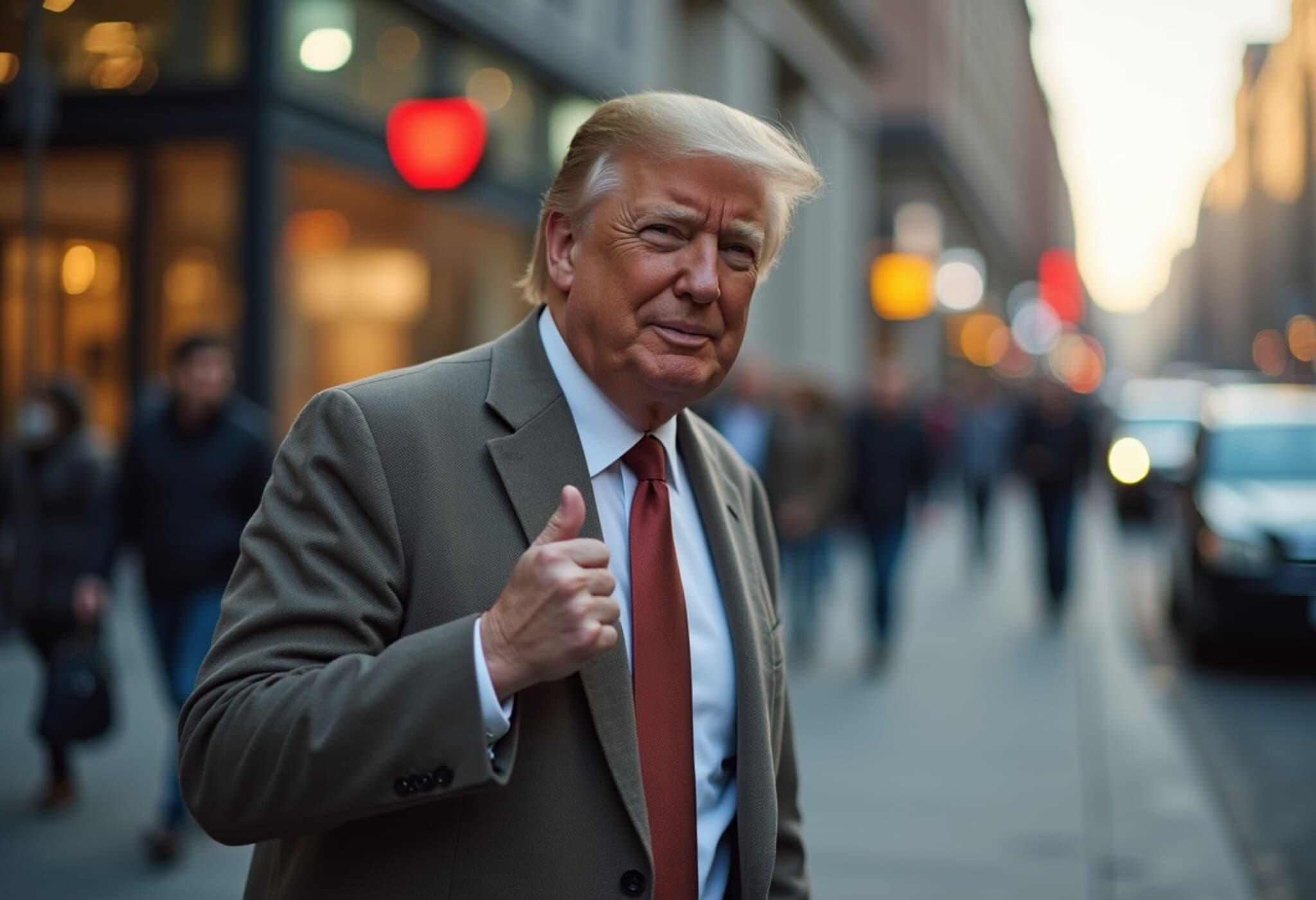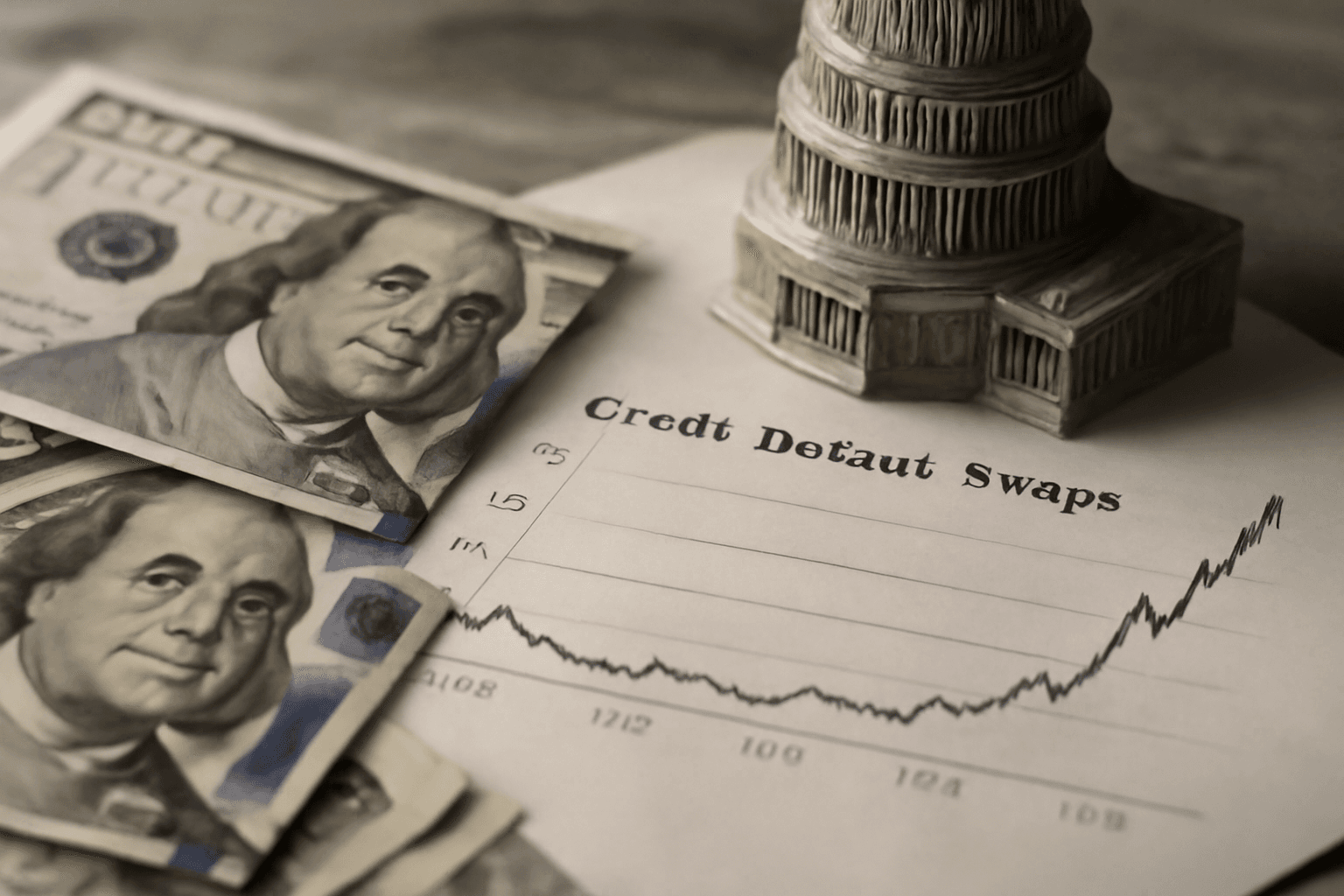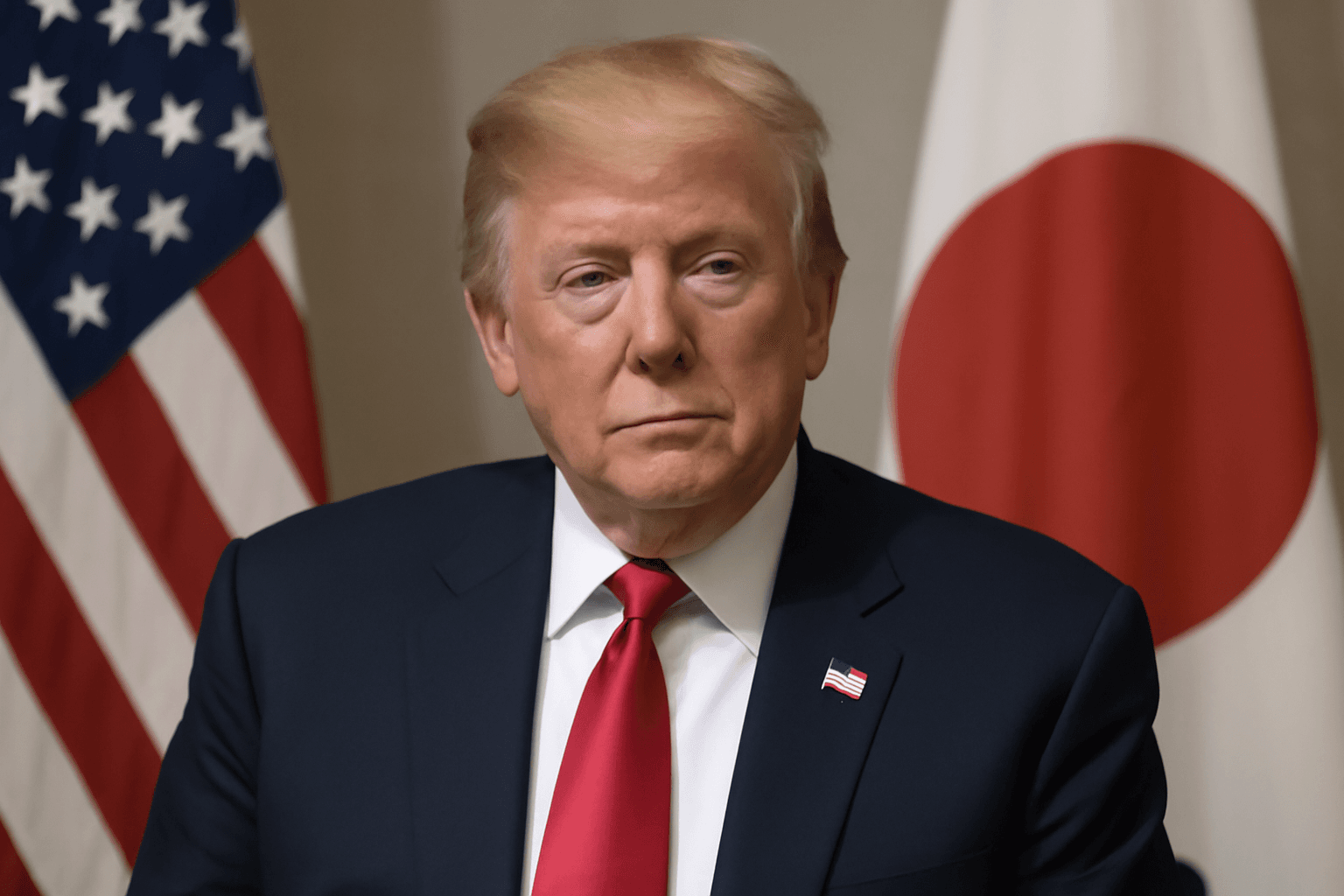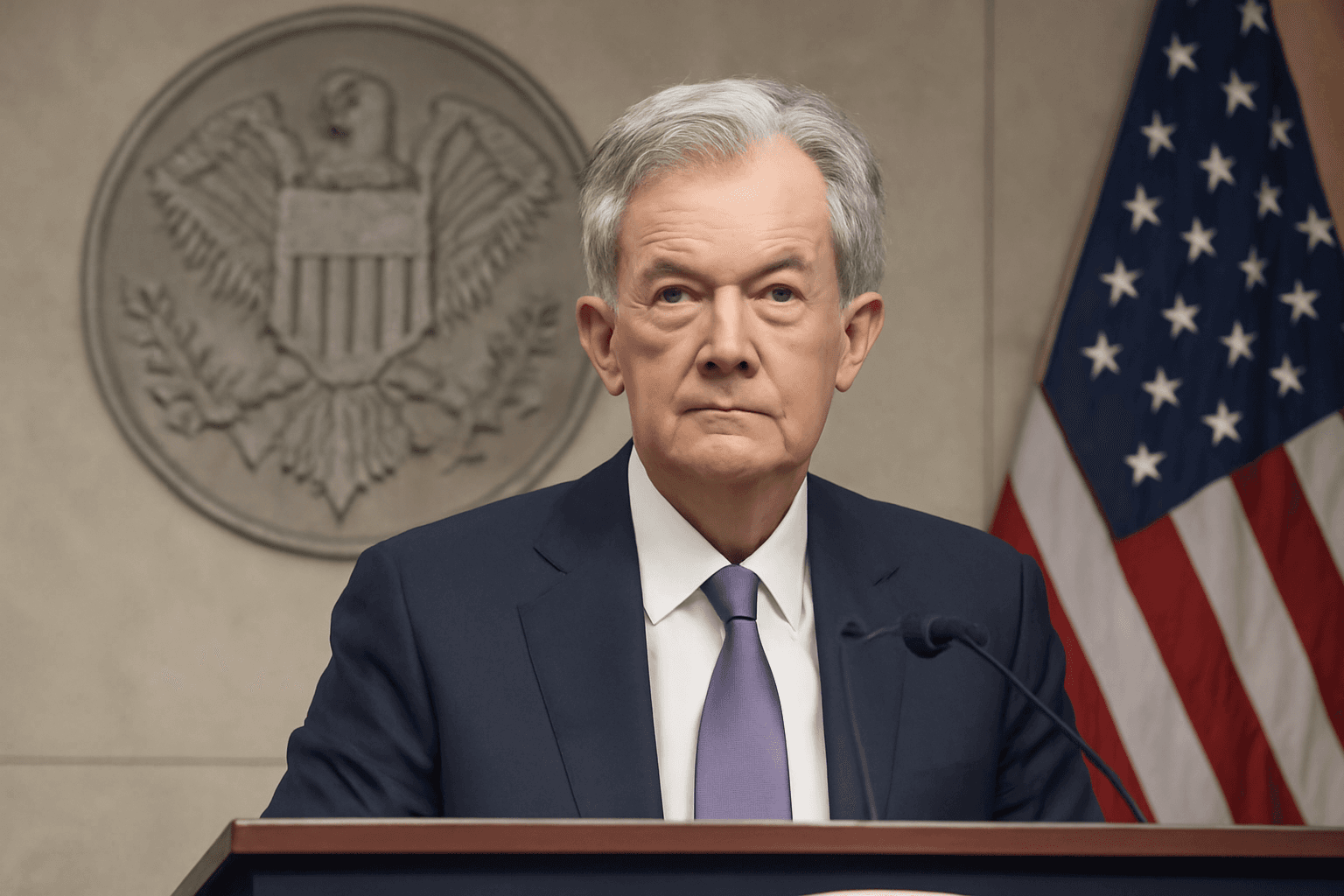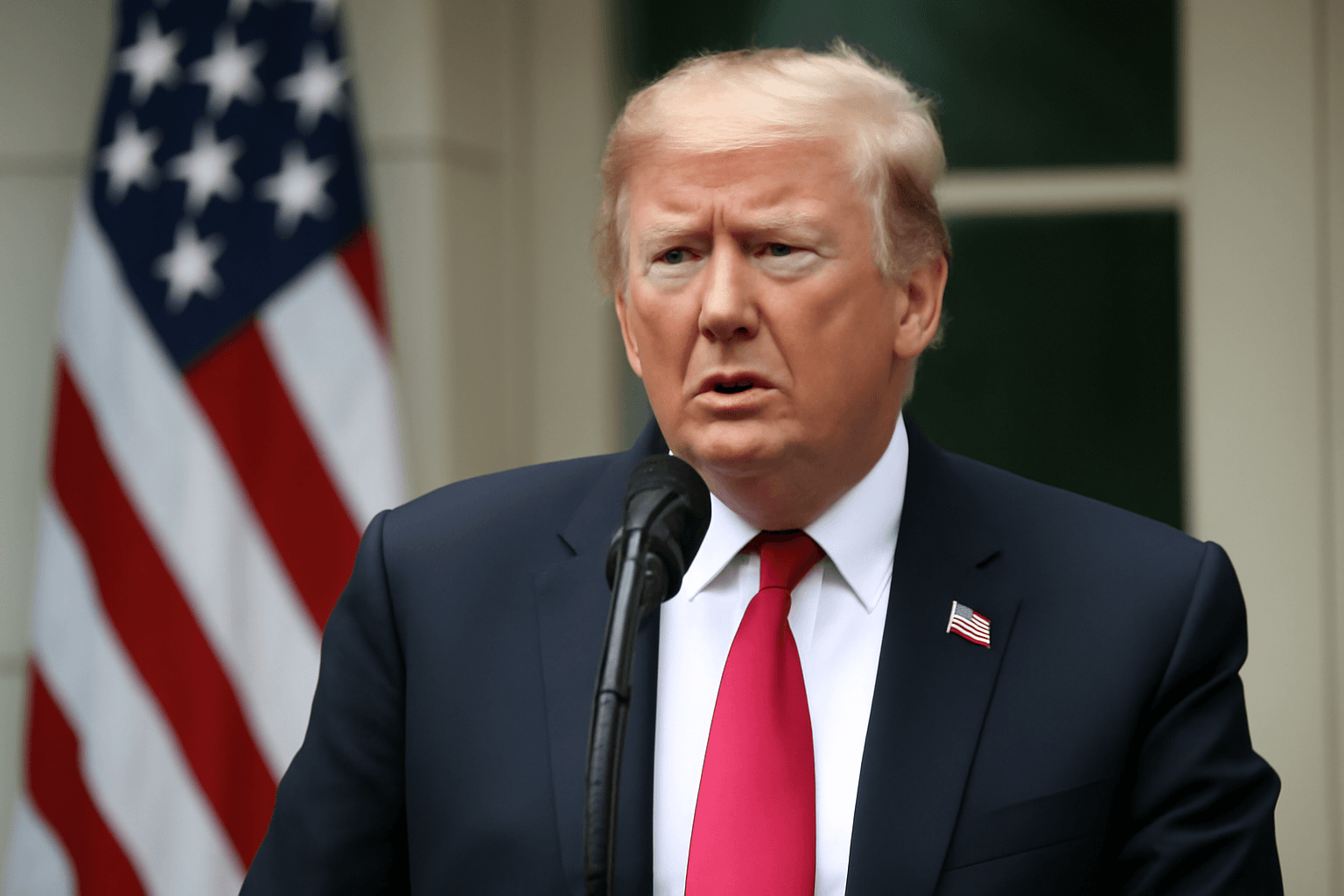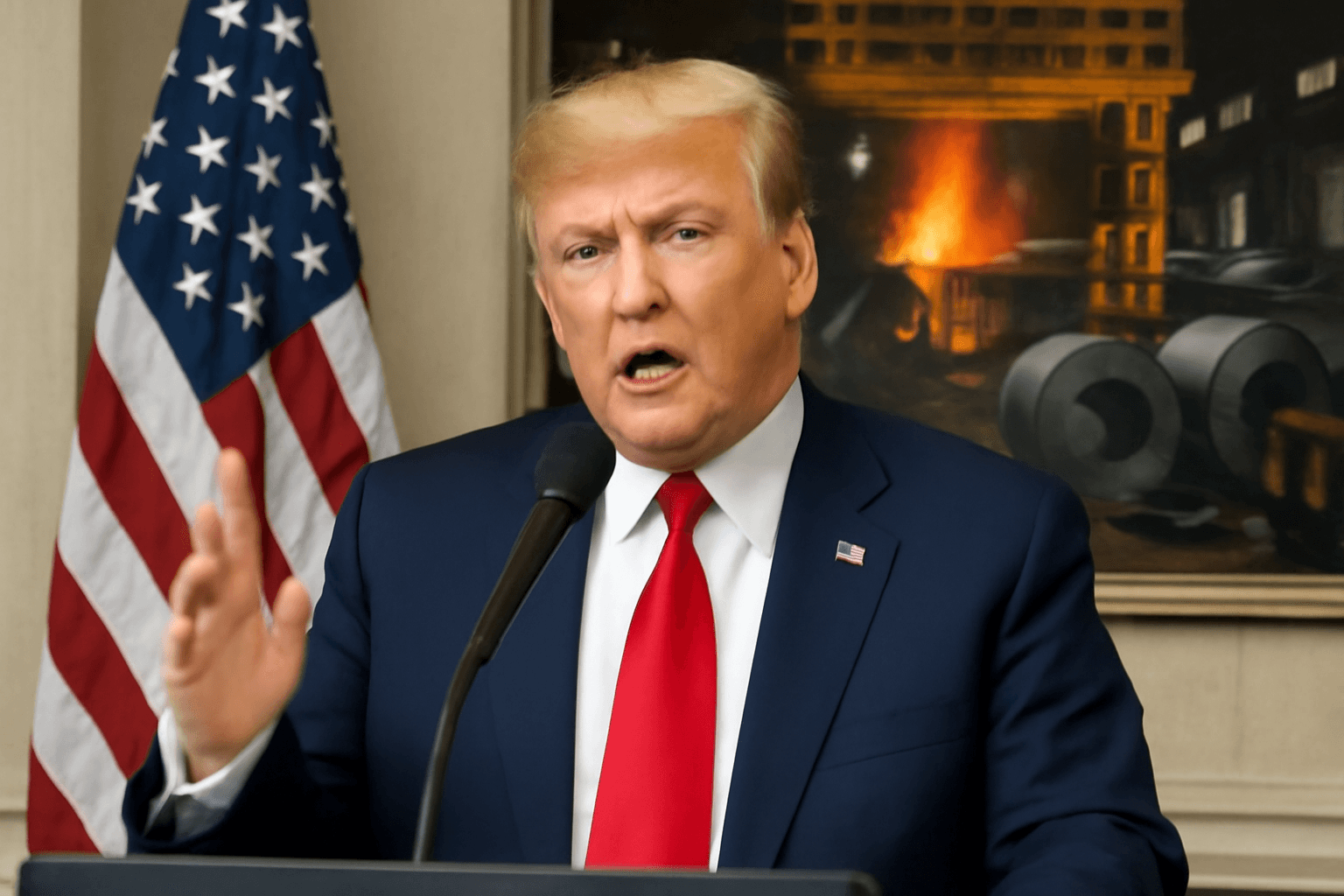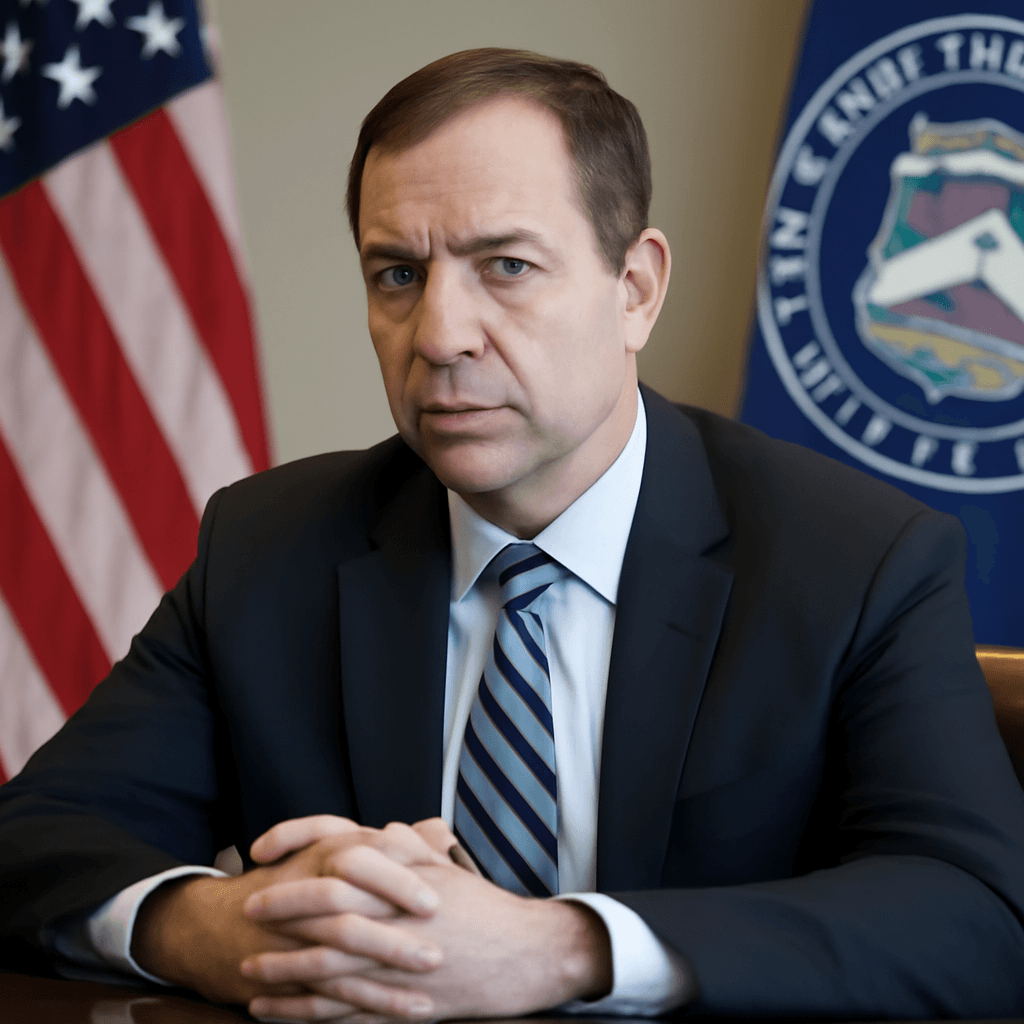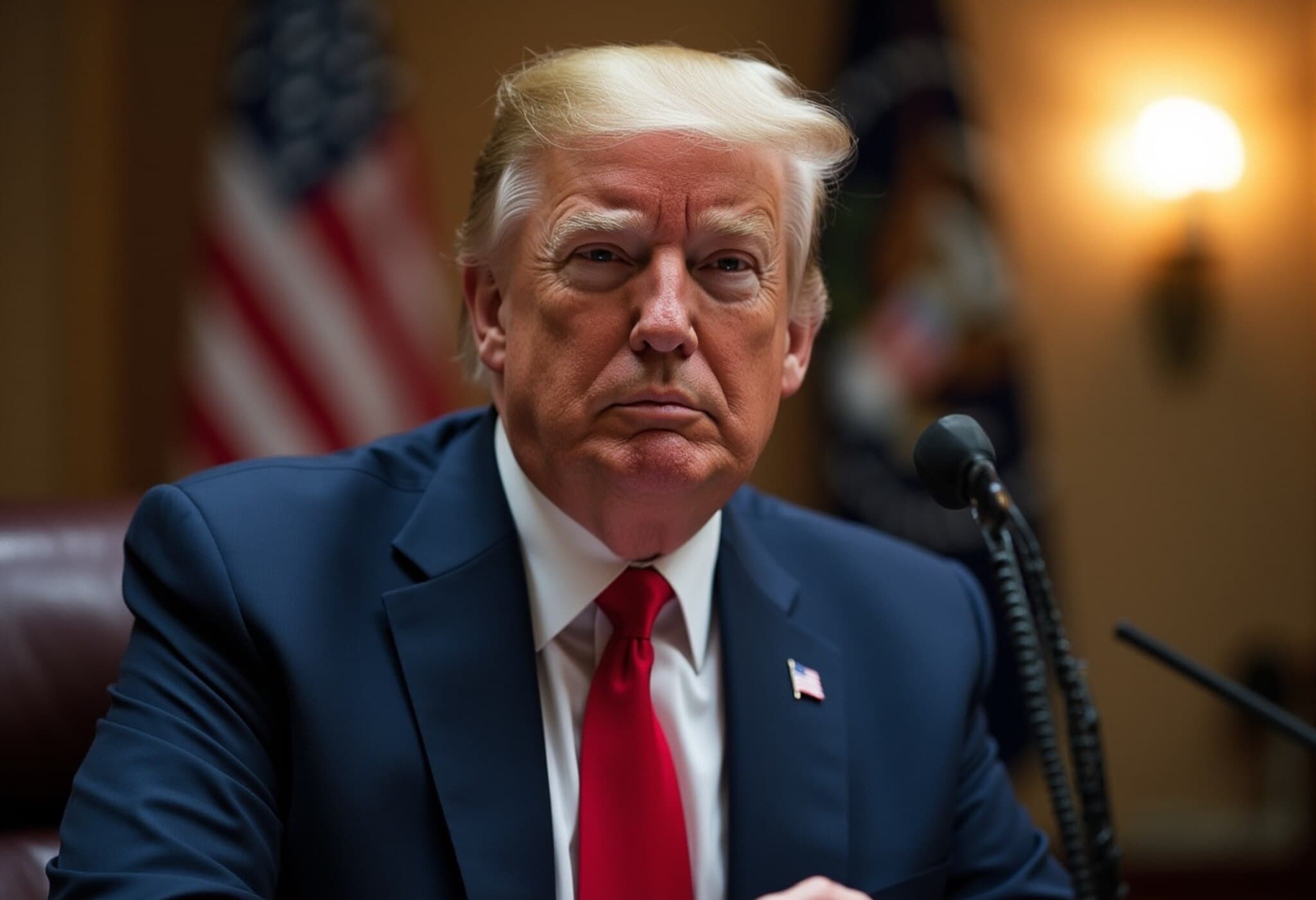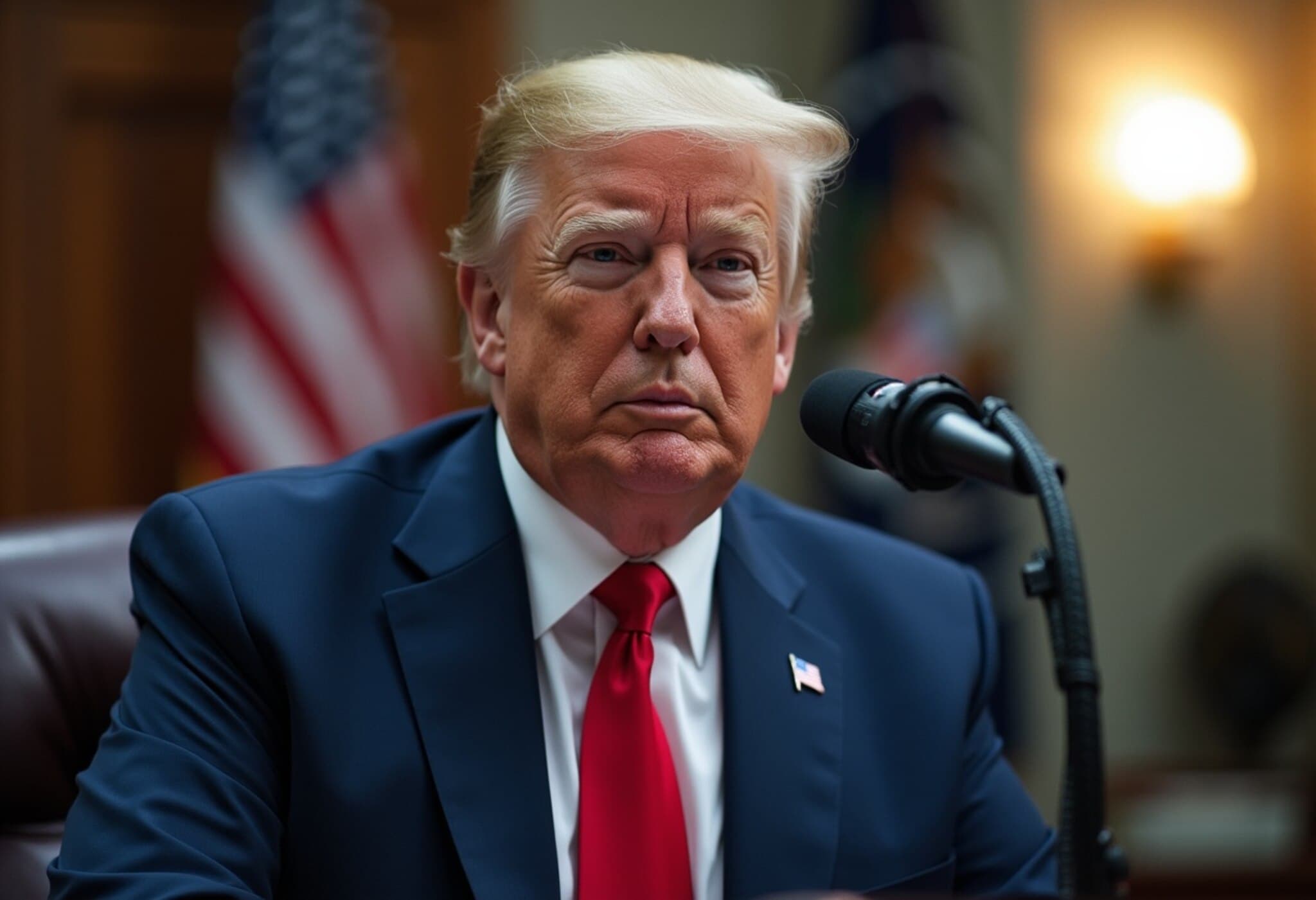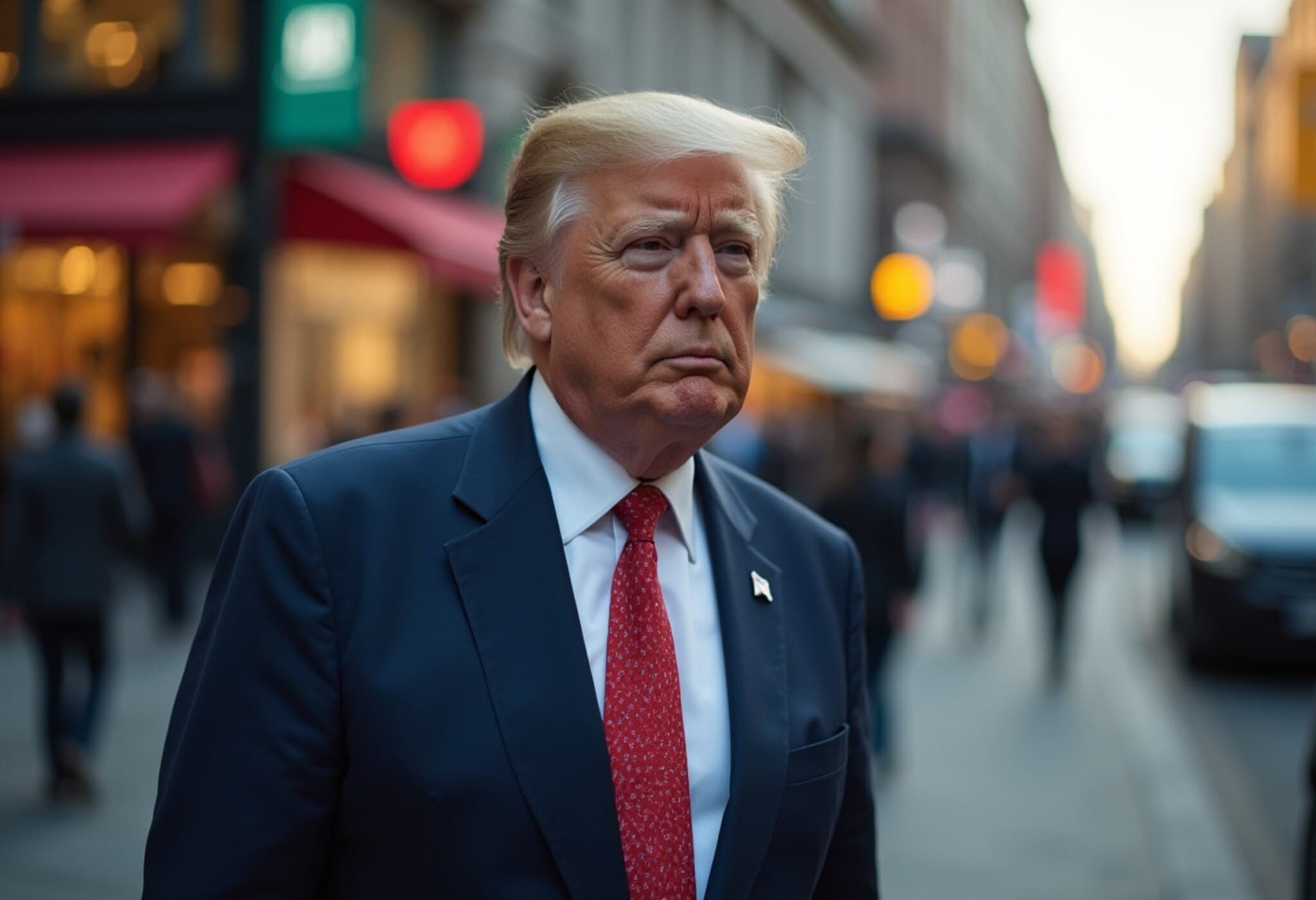US Inflation Shows Resilience Amid Trump Tariffs
Despite widespread concerns over tariffs imposed during President Donald Trump's administration, recent data reveals only a modest impact on US inflation levels so far. Inflation increased by just 0.1% month-on-month in May, settling at 2.4%, while core inflation—which strips out volatile food and energy costs—stood at 2.8%. Both figures came in below economists' expectations, suggesting a delayed or muted price effect from the tariffs.
Businesses Hold Off Fully Passing Costs to Consumers
Though tariffs typically lead to higher import costs, many US businesses appear to have absorbed or deferred these increases for now. A survey conducted by the Federal Reserve Bank of New York found that while nearly half of service sector firms and roughly one-third of manufacturers have shifted some tariff-related costs onto customers, many have yet to do so fully.
Interestingly, some industries exposed to tariffs have even seen price declines. For example, in May, furniture prices dropped by 0.8%, clothing fell by 0.4%, and automotive prices also softened. These declines may reflect businesses clearing out pre-tariff inventories or competitive pressures limiting price hikes.
Other Factors Soften Inflation Pressure
Alongside cautious pricing strategies, reductions in airline fares and energy costs have helped keep inflation in check, offsetting some of the upward pressures tariffs might have introduced. Consumers themselves remain tentative, adjusting spending habits amid economic uncertainty.
Looking Ahead: Inflation Could Accelerate
Economists warn this calm may be temporary. The Federal Reserve’s latest economic outlook highlights widespread expectations among businesses that costs and prices will rise at a faster clip soon. Companies anticipate passing these cost increases onto consumers within the next three months.
Samuel Tombs, Chief US Economist at Pantheon Macroeconomics, describes the May tariff impact on inflation as “microscopic,” aligning with historical patterns where retailers typically take several months to implement price hikes fully.
Inventory Build-Up and Economic Caution
Prior to tariff imposition, many businesses stockpiled inventory, allowing them to maintain stable prices temporarily. Meanwhile, cautious consumer behavior and a generally sluggish economy are also discouraging prompt price increases.
David Kelly, Chief Global Strategist at JPMorgan Asset Management, notes this dual caution among retailers and buyers is stalling swift price absorption. However, if current tariffs remain, price pressures are expected to intensify late this summer and peak in the final quarter, potentially pushing annual inflation towards 4%.
Implications for Federal Reserve Policy
Given these dynamics, the Federal Reserve is likely to keep interest rates steady in the near term, resisting pressure to cut rates despite political calls to do so. The trajectory of tariffs and inflation will be pivotal in shaping monetary policy as the year progresses.

